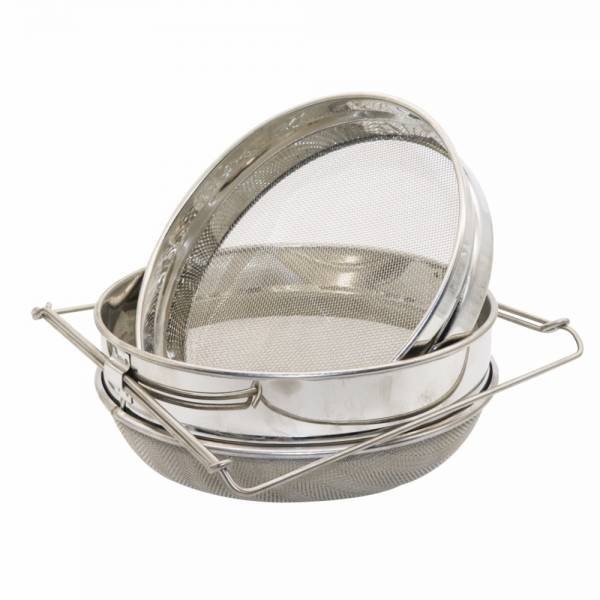Comb honey is the most natural form of honey. The bees build the comb in their hive and store the honey inside. The comb is then cut out of the hive and the honey is scooped out. Extracted honey is when the bees build the comb and store the honey inside, but the comb is then removed from the hive and the honey is extracted from the comb using a machine.
The comb is then cut into pieces and put into a jar. The comb can also be eaten along with the honey.Comb honey is the type of honey that is harvested exactly as the bees created it. The beekeeper harvests the comb that is full of honey. The comb is then cut into pieces and put into a jar. The comb can also be eaten along with the honey. Comb honey is a very pure form of honey and has many health benefits.
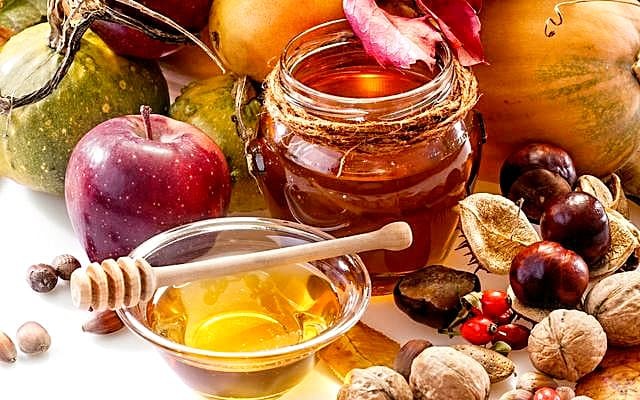
Honeycombs are the waxy structures that honeybees build to store their honey. The whole comb with the honey is edible, delicious, nutritious and can be marketed at high prices. The comb is made up of beeswax, which the bees produce from the glands in their abdomens. The wax is used to build the hexagonal cells that make up the comb. The comb serves as both a storage structure and a place for the bees to rear their young.
If a beekeeper wants to harvest an entire comb of honey, they need to have experience, manage the colony well, and have high nectar production in their area. This is a lot of honey, and it takes a lot of work to get it all.
Comb Honey is a type of honey that includes the waxy honeycomb in which the honey was produced. Consequently, most of the times new beekeepers practice the standard honey extraction process for a couple of years, before attempting Comb Honey production. The main reason for this is that the process of extraction is more difficult and time consuming than with regular honey. In addition, the final product is less uniform and presents a greater risk of contamination.
We use a heated knife or other special tool to remove the wax from the frame. This is done carefully so as not to damage the frame. The wax is then melted and poured into a mold. After it has cooled, the wax is removed from the mold and the frame is ready to be used.
We carefully select frames that are ready to be harvested and place them in an extractor. The extractor spins the frames around, and the centrifugal force pulls the honey out of the comb and into the extractor. The honey is then strained and bottled for consumption.
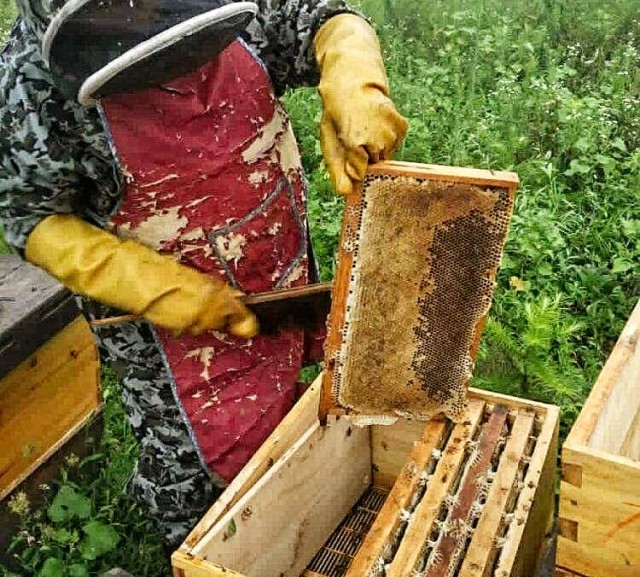
The honey extractor is a device that uses centrifugal force to extract honey from frames. The honey flows into jars as a result. This is a great way to get pure honey without having to open the frames and risk damaging the honeycomb.
Honey extraction generally takes place during the summer and autumn months, always after the major nectar production of the plants in our area. This is because the bees need time to collect enough nectar to make a significant amount of honey. Once the honey is extracted, it is bottled and typically sold at farmers markets or local stores.
The beekeeper decides how many honeycombs will be removed from the hive. They will typically leave 44 pounds (20 kg) per hive in mild climates and up to 130 pounds (60 kg) in regions with very hard winters. This allows the colony to have enough food to survive during tough times.
The frame is inserted in the honey extractor and the centrifugal force does the work. The process requires only a few minutes to complete.Deciding which frame to select for extraction is a process that requires experience. Beekeepers generally choose a frame when the honeycomb contains honey and is sealed, capped by bees as a whole or 75% of the frame surface. The frame is inserted in the honey extractor and the centrifugal force does the work. The process requires only a few minutes to complete.
If more than 1/4 of the comb surface is unsealed, this most probably means that the honey is not ready to be harvested. Honey needs to be dehydrated at proper levels and undergo the complete enzyme biochemical process before it is ready to be harvested.
If we still proceed to the extraction of such a frame, then our final product will look and taste more like a watery syrup and less like honey. Consequently, many beekeepers choose to leave the frame in the hive to let the bees finish their work.
After many years of practice, some beekeepers can recognize the existence of mature honey in some unsealed cells and proceed to the extraction of those frames, but new beekeepers are strongly advised not to risk it. The main reason is that it is very difficult to tell if the honey is actually mature and if it isn't, the extraction process can damage the comb and the bees.
Before we begin to remove the frames inside the hive, we should have in mind that during honey harvest, honeybees are very defensive of their honey, and hence are very aggressive to intruders. We should take necessary precautions to avoid being attacked by the bees. After putting on the bee suit, gloves and veil, we can start to removed the frames one by one, being careful not to damage the comb.
The bees are particularly aggressive when they smell a strong odor, so it's best to avoid using any fragrances, especially on the day of honey harvest.
Today is the day that the beekeepers check on their hives and make sure that the bees are doing well. They always wear the full equipment, including gloves, to protect themselves from being stung. The bees are very important to the ecosystem and the beekeepers make sure to take care of them.
We start by smoking the hive with a bee smoker (this may not be allowed in some countries). We do this in order to calm the bees. Once the bees are calm, we open the hive and remove the frames one by one. We inspect each frame for the queen, honey, and larvae. Once we have removed all of the frames, we put them back in the hive in the order that we want them.
We can put just fir leaves inside the smoker – nothing toxic. The smoker has been found to calm the bees, because it does not let honeybees quickly spread the alarming pheromones, the pheromones declaring that we have an intruder in our colony and we must attack. By scattering the leaves around the hive entrance, we are sending a message of peace and the bees will hopefully interpret this as a sign that there is no threat.
Sometimes the bees get confused and do not understand the message. When this happens, they remain calm and allow the beekeeper to inspect the hive or harvest honey without any problems.
We then shake the box inside the cell so that the majority of bees fly away.
We dismiss the rest of the bees with the beekeeping brush (which we may have first moistened with water). This may not be as easy as it sounds. We have to be careful not to hit the bee too hard or she will die.
We remove the frames from the hive and transport them to our interior space. We do this for all the frames and then begin the honey extraction process.
Our place is like a home away from home, and it is important that it meets all of our needs in order to provide a comfortable and enjoyable experience. In order to ensure that our frames have a pleasant stay, it is important that our place is clean, has electricity and water, is well-lit and ventilated, and of course, free of any honeybees or other insects. By taking care of these details, we can be sure that our frames will have a enjoyable and memorable visit.
Honey extraction is a process of removing honey from the honeycomb. It is important to note that this process should only be done indoors, as doing it outdoors can create a lot of problems. Some young beekeepers, due to the fact that they cannot have their own space, often make honey extraction outdoors, and some of them even right next to the hives. This will surely create a lot of problems and should be definitely avoided. Safe honey extraction can only take place indoors, where there is no risk of the honey being contaminated by pollen or other elements.
Start extracting honey
We can leave the frames inside the empty hives for a few days, before we make the honey extraction.
The basic tools we need to have in stock for the honey extraction process are an antiscaling bench, a stainless steel honey extractor of 4 frames, a peeling knife, a wooden or plastic fork for antiscaling, a double sieve honey filter, a maturation cauldron with tap, and of course cans or jars to put our honey. These are just the bare minimums, and depending on the scale and setup of your operation, you may need additional equipment. For example, if you're working with a lot of honey, you may want to invest in a larger extractor. Whatever the case, make sure you have the essentials on hand so you can get started as soon as the honey is ready.
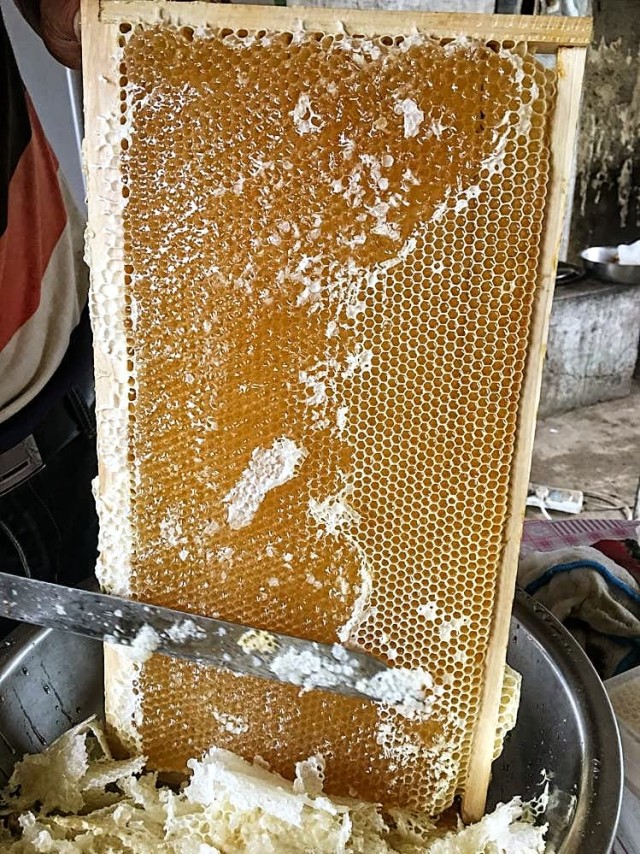
When it comes time to harvest the honey, we can borrow the honey extractor and the rest of equipment from a friend or a local beekeeping association. This will help us to avoid damaging the comb and losing any of the honey. After we have extracted the honey, we can bottle it and store it in a cool, dark place.
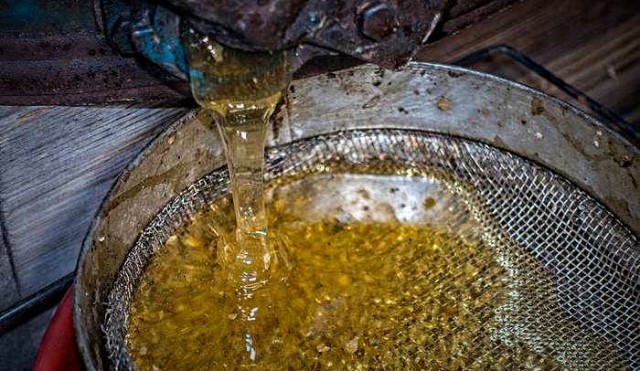
The process of extraction begins with removing the wax cappings from the frames. This is done with an uncapping knife, which is a sharp blade that is heated. The wax cappings are then placed in a capping bucket. The frames are then placed in the extractor, which is a machine that spins the frames and uses centrifugal force to pull the honey out of the cells. The honey is collected in a honey bucket, and then it is strained and bottled.
The extractor is a large spinning drum that the frames are placed in. We start the extractor at low speed until it begins to leave a lot of honey and we gradually accelerate, then we stop and turn the frames on the other side, doing the same thing. Some of the wax and pollen that was clinging to the honey is left in the extractor and this is called extraction waste.
After we finish extracting the honey from the frames, we open the tap and let the honey pass through the strainer into the honey pots. This strained honey is what we will use for bottling and selling.
A strainer is a tool that is used to separate raw honey from other materials that may still exist in the honey, such as small wax pieces. The strainer is placed over a bowl or other container, and the honey is poured into the strainer. The strainer allows the honey to pass through, but catches the other materials.
Honey can be stored for a long time and still retain its quality. When storing honey, make sure to keep it in an airtight container and in a cool, dark place. You can store honey indefinitely, but it may start to crystallize after a year or two.
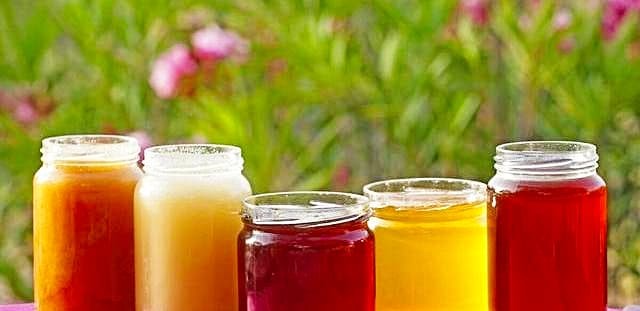
Honey is always stored in jars that are tightly sealed, as the product may absorb moisture from the air and get fermented. The fermentation process will cause the honey to produce alcohol and carbon dioxide, resulting in an undesirable taste. Too much moisture in the honey can also encourage the growth of bacteria.
Tool Recommendation
Large Bee Smoker With Blower
Large Bee Smoker With Blower
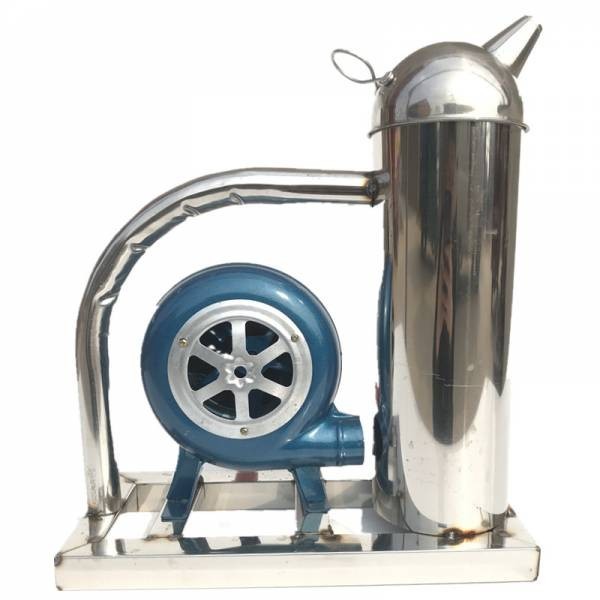
Honey Uncapping Scraper
It's hard to uncap your honeycomb professionally without using expensive heavy tools. This magic scrapper helps you to do it easily and efficiently Material: Wooden Handle and Food Degree Stainless Steel tines.
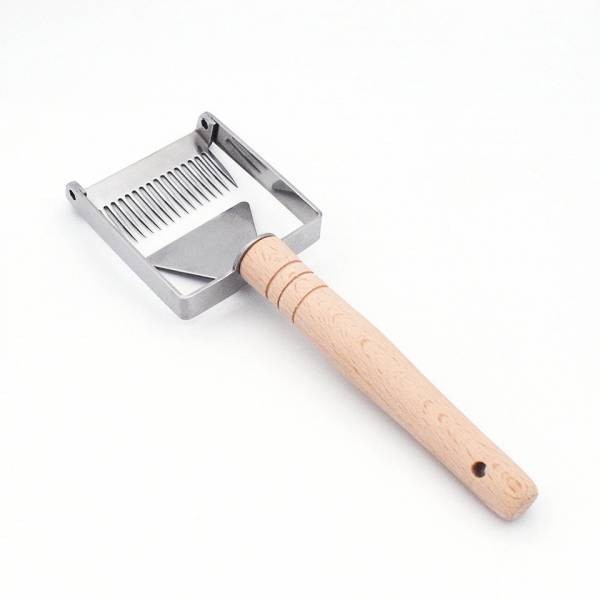
Hooded Veil Beekeeping Jacket
This beekeeping jacket is perfect for those who want to keep their bees close by. The hooded veil provides protection from bee stings, and the jacket itself is made of durable, breathable fabric.The hooded veil beekeeping jacket offers 4 front pockets two w/Velcro and the other open for quick access.
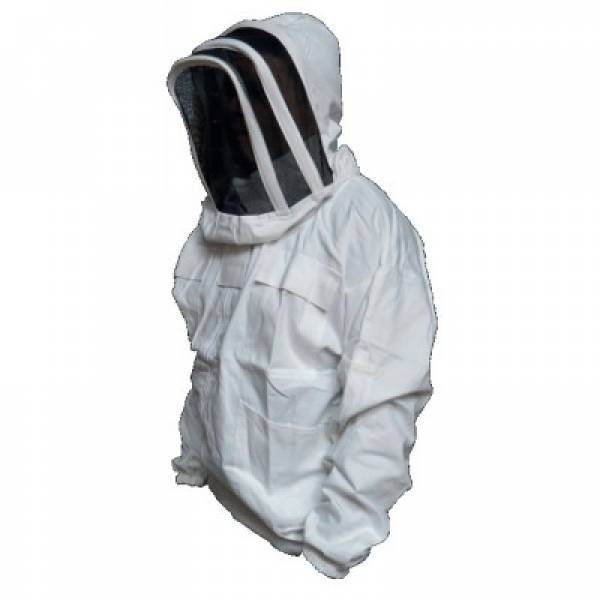
Electric 6 Frames Honey Extractor
This Electric 6 Frames Honey Extractor fits shallow, medium, and deep frames and also keeps the metal gears enclosed to keep them clean of honey.
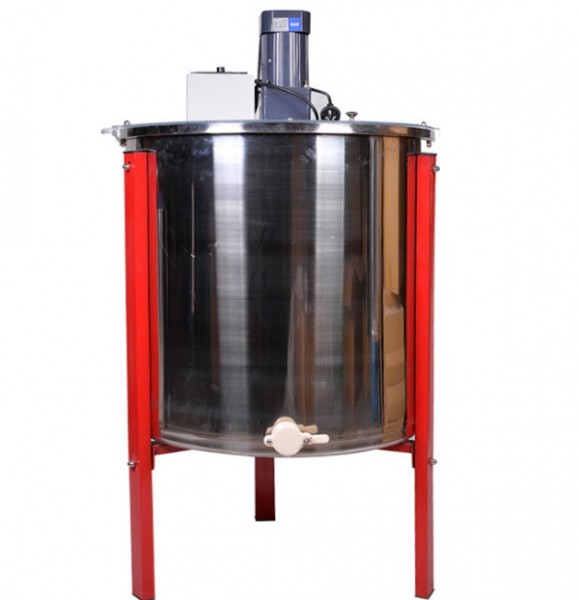
Double Layer Ss Honey Strainer Wholesale
The top honey filter is used to filter honey bee corpses and wax debris.
